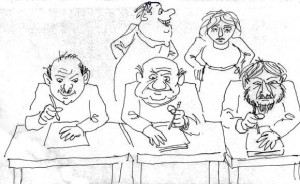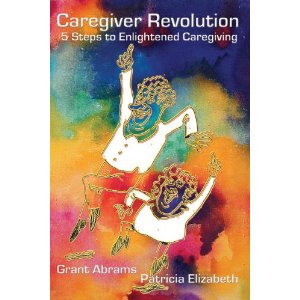The Practice of Essential Phowa
taken directly from Copyright 1997 C. Longaker and Rigpa Fellowship: “Facing Death and Finding Hope” and the website www.abuddhistlibrary.com
First sit quietly and settle yourself, bringing all the energies of your mind and body back home. As far as possible, relax into the deep presence and spacious awareness of your being. Before you begin, arouse a strong compassionate aspiration such as that described in The Tibetan Book of the Dead: “By means of this death, I will adopt only the attitude of the enlightened state of mind, loving kindness, and compassion, and attain perfect enlightenment for the sake of all sentient beings who are as limitless as space.”
Invocation
With all your heart, invoke in the sky before you the presence of a buddha or a Divine Being for whom you feel a devotion. See the form of this Presence, not as flesh and blood, but as radiant light. Recognize that this being’s qualities of perfect wisdom, boundless compassion, and limitless power to benefit beings are no different from the qualities of your own wisdom nature.
Consider this Divine Presence you have invoked is actually present–alive, breathing, and gazing toward you with kindness and love. If you cannot clearly visualize a buddha or Divine Being, then simply imagine that a brilliant and loving Presence, who is the embodiment of truth, is in the sky in front of you, in the form of light. Allow yourself to relax deeply and establish a personal connection with this Presence you have invoked.
Calling out
Open yourself now, and acknowledge the aspects of your being that need purification, forgiveness, and blessing. Acknowledge any regrets, harm, negativity, or destructive emotions that you want to release and purify. Become aware of any places in your body where there is disease, weakness, or even a fear of illness. And recognize any doubts, fears, or old wounds in your heart that need healing and love. Then call out sincerely to the Divine Presence in front of you and ask for help.
Receiving the blessing
Immediately this buddha or Divine Presence responds, sending love and compassion from his or her heart in a stream of tremendous rays of light directly into your being. Allow these powerful rays to penetrate you and purify you–filling you with forgiveness, healing energy, confidence and unconditional love. Consider that these brilliant light rays of compassion and love dissolve all of your fears and defenses, so that you are totally immersed in light. To make yourself more receptive, you may want to recite a short prayer or mantra during this part of the practice.
Visualize that this profound blessing streaming towards you purifies and transforms every aspect of your body and mind–even your painful memories, part harm and regrets. Then, after some time, consider that the purification has been completely effected, so much so that your whole being–body and mind–is entirely transformed into light. Now your being in the form of light rises up and dissolves into the heart of this Divine Presence–completely mixing with it, like light mixing with light.
Remain in this peaceful state as long as you can. This nondual, natural simplicity and inspired openness is your being. If thoughts rise, or a “sense of self” begins to form, simply allow them to dissolve back into emptiness. Letting go, naturally remain.
At the conclusion, consider that your awareness is once again centered within your body. Resolve to continue the presence of pure, clear awareness as you enter into daily activities. And when you notice that you have lost it, gently bring your mind home to its true nature, again and again.
Dedicate your practice
Dedicate your practice as you conclude, sharing the merit of blessings and wisdom with all beings, praying that, in whatever ways you can, you may be able to relieve their suffering, bring them happiness, and, ultimately, help them to realize the abiding peace of their deathless, true nature of mind.
Essential Phowa for others
You can do the Essential Phowa for someone who is ill or dying, in exactly the same way as for yourself, except that you visualize a buddha or Divine Presence above the head of the other person. Call out on behalf of your friend, and visualize the Presence pouring down rays of light onto him or her, purifying and transforming their whole being. Then visualize that the other person, now fully purified, dissolves into light and merges indistinguishably with the enlightened Presence.
Essential Phowa in a sudden death
When someone has just died suddenly and you do not have much time, such as at the scene of an accident, then you can do an abbreviated form of the Essential Phowa. As you stay by his or her side, invoke strongly the radiant presence of a buddha or Divine Being. Visualize the compassionate radiance emanating from this Presence filling the space surrounding both of you with protection and blessings.
Consider that the consciousness of the newly deceased person takes the form of a small sphere of light, and visualize it quickly flying out from his or her body, like a shooting star, and dissolving into the heart of the Divine Presence. In dedicating the practice, pray that the person may be free from any of the sufferings or turmoil of their death, and released into the luminosity and all-pervading space of the true nature of their mind, in order to benefit all beings, especially those he or she is leaving behind. Afterward, you can do the complete Essential Phowa practice again for the person over the following days and weeks.





